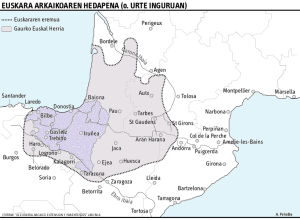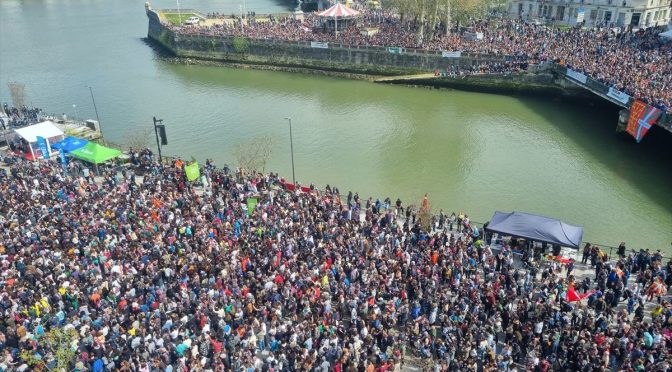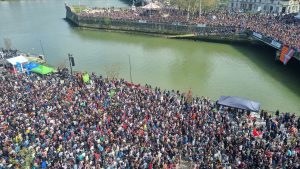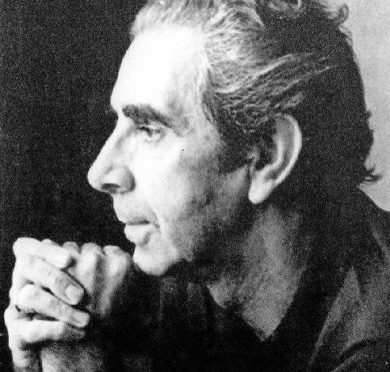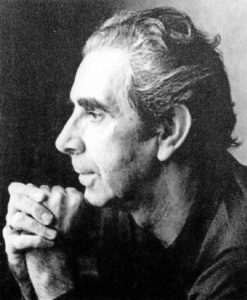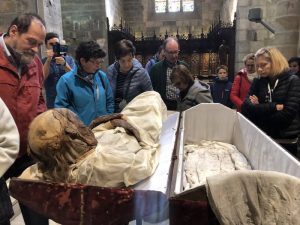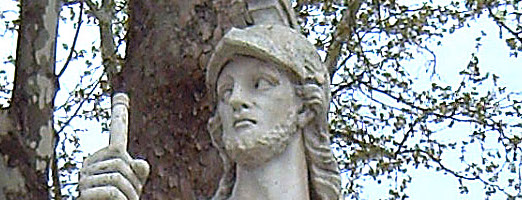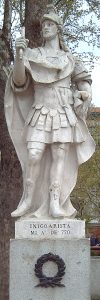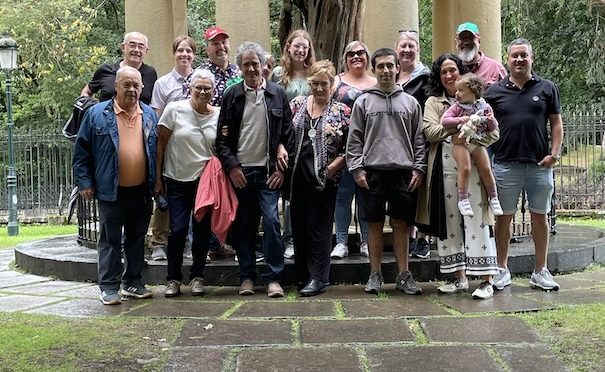The next morning, Maite awoke to find Kepa already wide awake, his goofy smile beaming at her as he lay next to her. She would have been less annoyed by the sun blasting her directly in the face.

“How can you be so awake so early,” she grumbled as she flipped over and buried her face in her pillow.
“I’m excited for our vacation in Paris,” Kepa relied. “I’m all ready to go.”
“You’re packed and everything?”
“We don’t need to pack, we’ll have everything we need when we get there.”
“Can I at least get a cup of coffee?”
Kepa mused a moment, his smile only slightly deflating. “I guess that would be fine.”
About half an hour later, Maite popped out of the bedroom, steaming cup of coffee in her hands. “Thanks for the coffee,” she said.
Kepa smiled. “Of course.”
Maite sat next to him as she took a sip. “So, how does this work?”
Kepa waved his hands in the air and the virtual map appeared in front of them once again. “I’m not entirely sure as I haven’t tried it yet, but I think we just touch one of the zatia on the map and it will take us there.”
“You think?”
“Well, more I hope that’s what will happen.”
Maite nodded as she took another sip from her cup. She then placed it on the table in front of her, her head crossing through the virtual display in front of them, sending ripples across its surface.
“I think you just destroyed Australia,” chuckled Kepa.
As Maite sat back into the sofa, she saw the ripples flow across Australia which was almost unrecognizable because of the distortions.
“Ha!” chuckled Maite. “Though, Australia is always a place I wanted to visit. Maybe it can be next on our list.”
“We don’t have any resolution there, at least not yet,” replied Kepa. “I can’t see any zatia there.”
Maite shrugged. “Maybe someday. Ok, I’m ready. Let’s go to Paris.”
Kepa’s smile was as big as she had ever seen it. He was really proud to have figured this out. She just hoped the whole thing wasn’t ruined by them being put into some kind of hell hole.
Kepa reached out, his fingertip glowing brightly from the zatia’s power within him. He tapped a white dot that was centered on Paris. As was almost routine for them now, a bright light emerged out of that one point, growing larger and brighter until it engulfed the entire room.
Kepa grabbed Maite’s hand. “Here we go!” he exclaimed.
If you get this post via email, the return-to address goes no where, so please write blas@buber.net if you want to get in touch with me.






